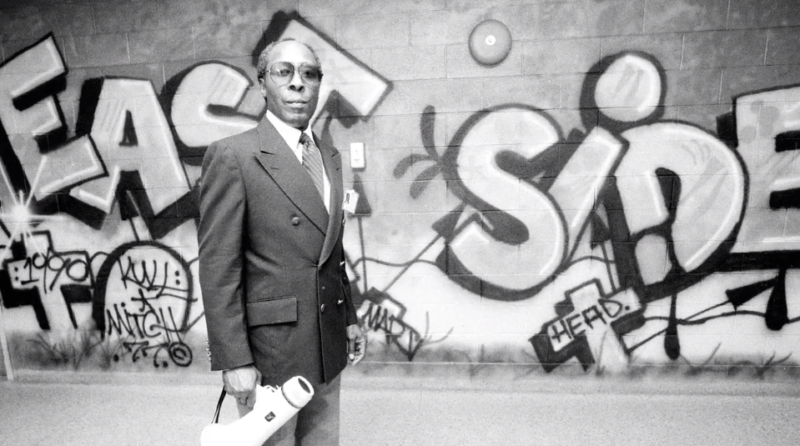Most teachers, principals and even students will say a well-run classroom is crucial for learning to take place. But at the same time, school leaders are taking a hard look at their discipline data, too often finding that in an effort to keep "order" they are disproportionately suspending and expelling students of color.
Black students are suspended or expelled at three times the rate of white students, according to the US Department of Education's Office of Civil Rights. Studies find implicit bias in teachers of even the youngest students. Over and over the data shows racial bias in the country's classrooms has lead to lost instructional time, dropouts and often incarceration.
Zero-tolerance policies arose out of fears about increasing school violence in the 1980s. After several students were shot at school by other students, some school principals began to crack down, showing "zero tolerance" for violence at school. The legacy of those early policies are felt in very different ways now. Students have been expelled for things like kicking trash cans or talking back to teachers, behavior that would have landed them in the principal's office before.
A short documentary produced by Retro Report in collaboration with the The New York Times and the Center for Public Integrity shows how a policy meant to keep all kids safe has turned into a way to keep some kids out of school.
[http_redir]


